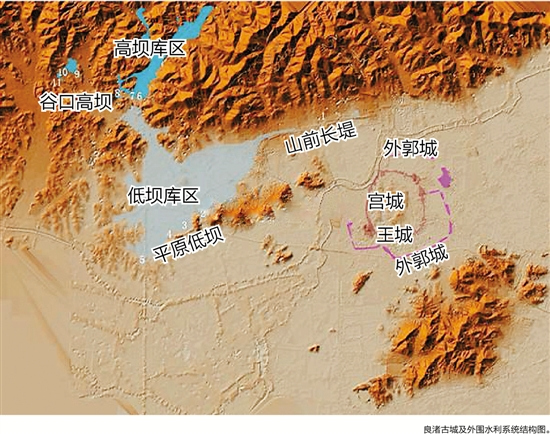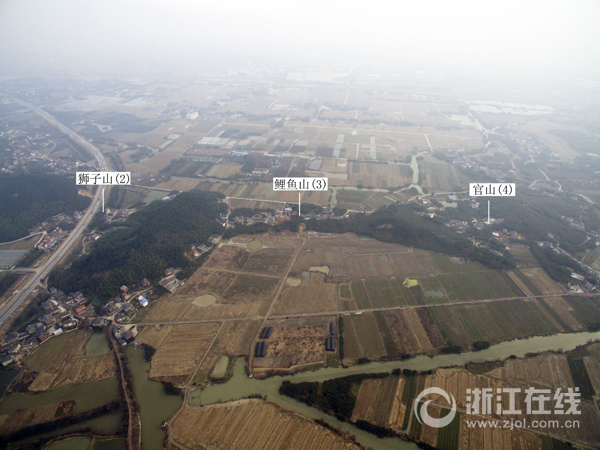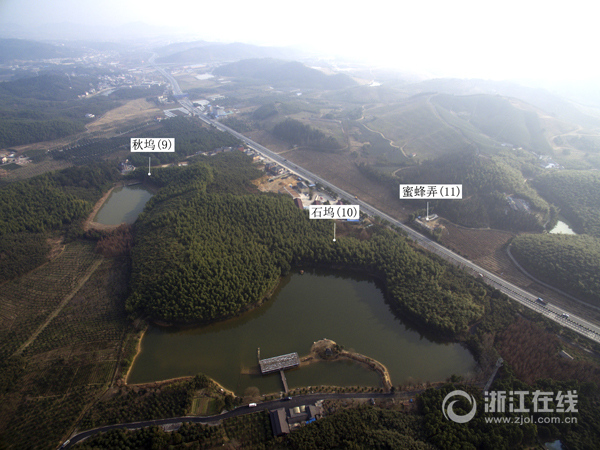
The peripheral hydraulic system of Liangzhu ancient city is composed of man-made dyke sites such as high dams at the entrance of the valley, low dams at the plain and long dykes before the mountain, and related land-forms including mountains, hills, mounds and natural flood spillways.
The hydraulic system, through eleven man-made dykes, constitutes two sub-systems, i.e., the high-dam zone and the low-dam zone with natural land-forms such as mountains and mounds. The system is 11 km from east to west, 5.5 km from south to north, occupying a total area of 76.2 hectares and with the total earth reaching 2.88 million m³.

As the geographic boundary of Liangzhu ancient city, the hydraulic system plays an important role in the production and daily life of the city, flood control, water storage, water transport and irrigation, as well as guaranteeing its safety and development.

Besides, it is the earliest large hydraulic project site discovered in China to date, and also one of the earliest dyke systems discovered in the world. The system witnessed the scientific hydraulic engineering technology and strong social organization capacity of Liangzhu period, changed the water conservancy history of China and the world, and showed China’s capacity in planning urban and hydraulic projects in selection of dam sites, foundation treatment, selection of dam materials, filling process, structural design, etc.
(Executive Editor: Liu LIU)